Heads-up display units are nothing new. Even before the advent of Google Glass, fitness-focused glasses had displays which fed users information about any relevant vitals they may need, location information, and more.
Sony seems highly interested in the field, and their latest patent gives us an idea of the strange apparatus they’re thinking of using. Patent application 20140104692 describes a head-mounted device with a reflective, transparent surface that would give you a look at the display of something attached to it. Something like, say, your smartphone.
That’s right, folks — Sony wants you to attach your smartphone to your head and view a reflection of whatever is on its screen. Feel like watching Levar Burton straight out of an episode of Star Trek after looking at that image above? You aren’t alone.
Digging deeper into the patent, they say this solution solves the “problem” of heavy devices with heads-up displays which integrate the components needed to process and project information. More than weight, they say this would also bring a much more affordable head-mounted unit than what’s typically available (because what’s typically available are indeed expensive).
The fact that you’d need to attach a smartphone or some other display device in order to take advantage of the technology seems to cancel that “positive” out. The only way we see this being more beneficial than something like Google Glass or Oakley’s smart glasses is if Sony also sold a lightweight companion device that could serve up the information you need as opposed to using your smartphone.
Sony’s illustrated figures included with the patent application show variations that include front-facing cameras, and a method of tracking your eye movement to determine if you’re attempting to look ahead of you are look at whatever’s on the display. Ideally the display would be dimmed whenever you’re not trying to look at whatever is being projected, and will get more opaque when you do want to view it.
The patent figures at the USPTO alone are quite silly, and I’m having a tough time imagining how Sony can make this work in a practical way without:
- The user looking ridiculously ridiculous
- Being less cumbersome or heavy than existing solutions
- and potentially causing vision obscurity
For what it’s worth, Sony also briefly illustrated a different version of the unit (illustrated in the gallery sitting above) that looks more like actual an actual pair of glasses. The devices projecting their image in this instance would be side-mounted on each side of your face.
Perhaps none of this is meant for consumers, though. There could be many professional fields where this is more appropriate (for example, a surgeon who needs heads-up access to information about a procedure), but I have a feeling someone can think up a much better solution than this.
And then there’s the possibility that this is just Sony toying around with ideas. After all, the list of patents these companies file for that aren’t actually put to use in a real product or device is outrageously large, and we wouldn’t be surprised to learn Sony eventually decided to tuck this one away into a filing cabinet in the back of a cold, dark room.

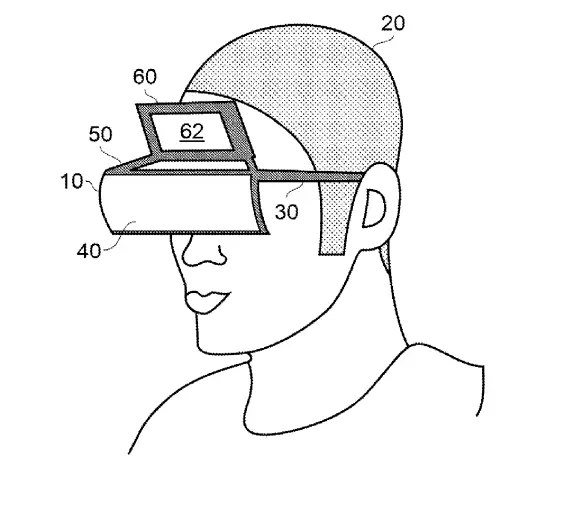

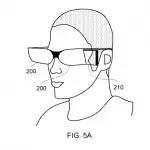
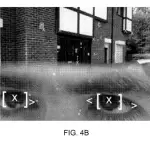
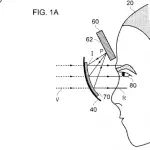

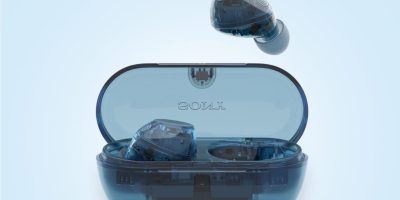


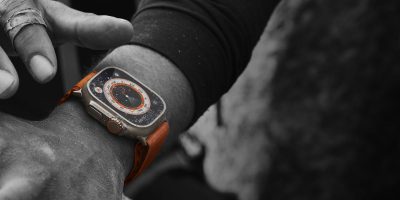
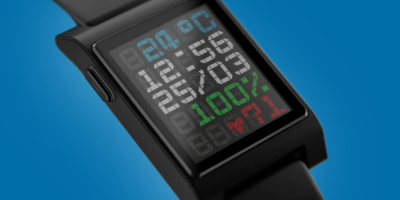
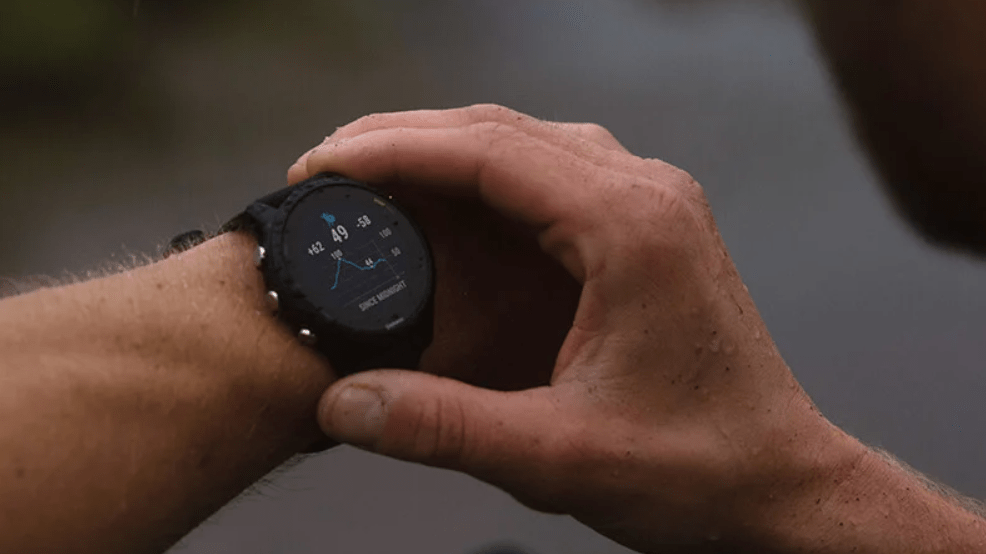
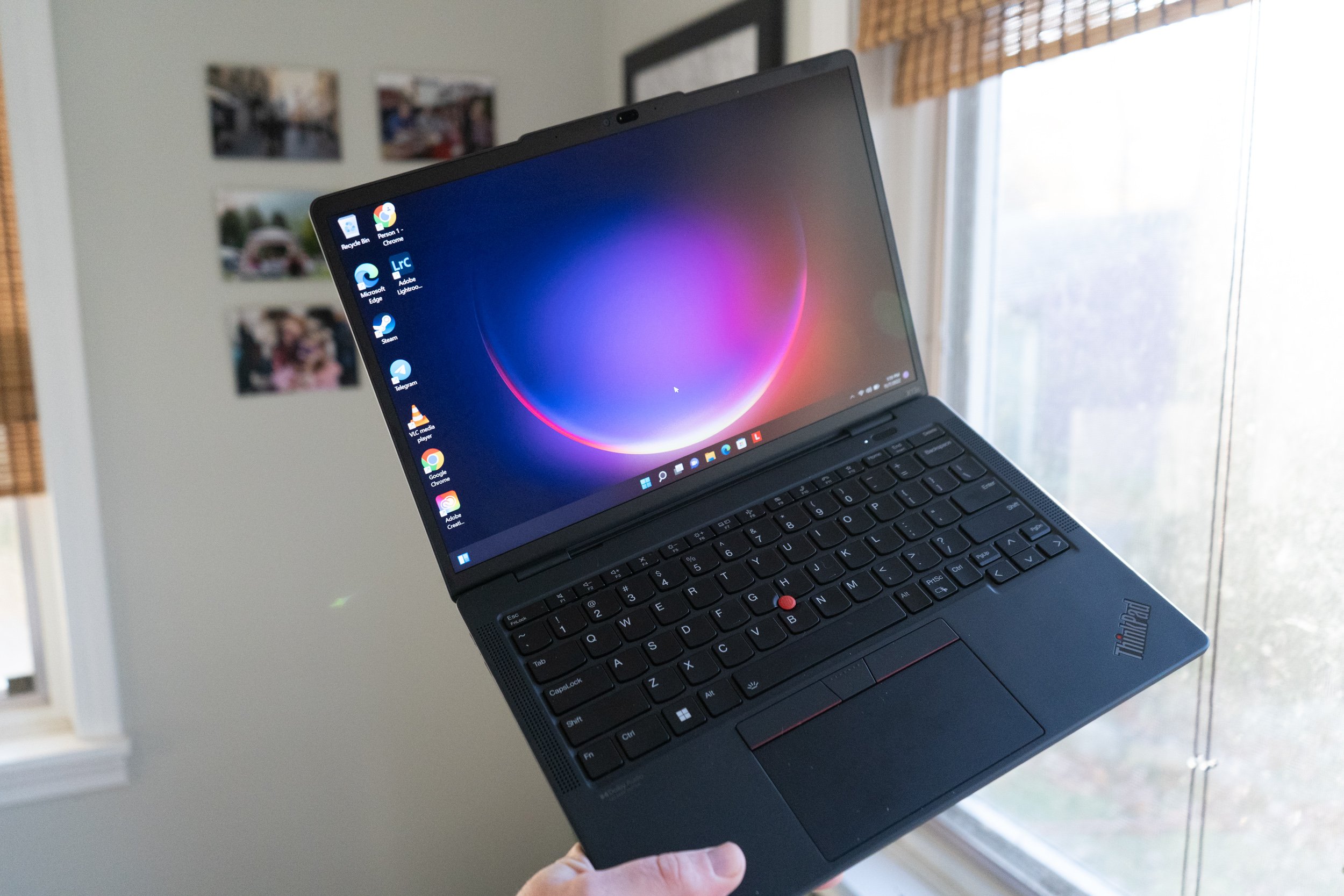


Lmao.
How do you know that this patent is not related to project morpheus?
Project morpheus doesn’t let you dock your smartphone in it.
I’m all against wearable eye-pieces anyway. Too much privacy intrusion in my opinion.
Explain please. I would like to hear what you think is too much of a privacy intrusion. (I’m not trying on sounding like a @#$!, just curious)
I’m guessing he meant wearable eye cameras. Wearing a screen has zero effect on other people’s privacy.
To the general issue of wearable viewing screens, though, when will we get lightweight, OLED-type screens that can shift from near transparent to near opaque? That has to be the goal here, right? A pair of normal-looking glasses that are not heavy that can function as normal vision-correcting lenses and can show overlays for augmented reality (edge-enhancement, low-light vision, language translation, navigation aids, etc.) and can go opaque for virtual reality immersion/video watching?
Cameras are another matter. Low resolution ones would hardly affect the size of the glasses at all and would enable the above functionality, or we could have a much larger camera or two, perhaps needing a behind-the-ear anchoring strap, that would basically be a pair of binoculars strapped to our faces. With 10X or 20X optical zoom, and optical/software stabilization, we could see like eagles, though you’d also need to hold your head fairly steady.
Privacy is another ‘nother matter. On the display side, social media opt-in for reputation enhancement? (Concentric circles of friends, acquaintances, people could see your name, next appointment, favorite drinks, etc.) On the video/photo side, you could even set your status to “not record” / “friends only record” / “record only with visual notification” / etc. But this would require camera device makers to integrate blocking features in their software that respects the privacy settings of those around you. Anyone hacking this would be able to record anyone anywhere like today, just more clandestinely.
I mean, that I could be walking in the street and someone will take endless pictures of me without me even realizing. I could go on and on, but that’s enough in my opinion.
I literally L. O. L.’d
So Sony is just ripping off little kids now? I saw a 4th grader demonstrate this exact same concept on a show not too long ago.
So this 4th grader demonstrated eye tracking technology, automatic screen dimming, and a substantial number of the other details of the patent? Sounds like you can submit his work as prior art and have the patent invalidated then. I’m joking, I know you were just being cynical :-)
I didn’t even think about LeVar Burton, I was thinking Cyclops from the X-men, without the concussive blasts of course. It’s almost like it stopped just shy of the old VR headsets from the early 90s.
And everyone will see what is on your phone. Thank you but no.
This is so odd; I can’t even…